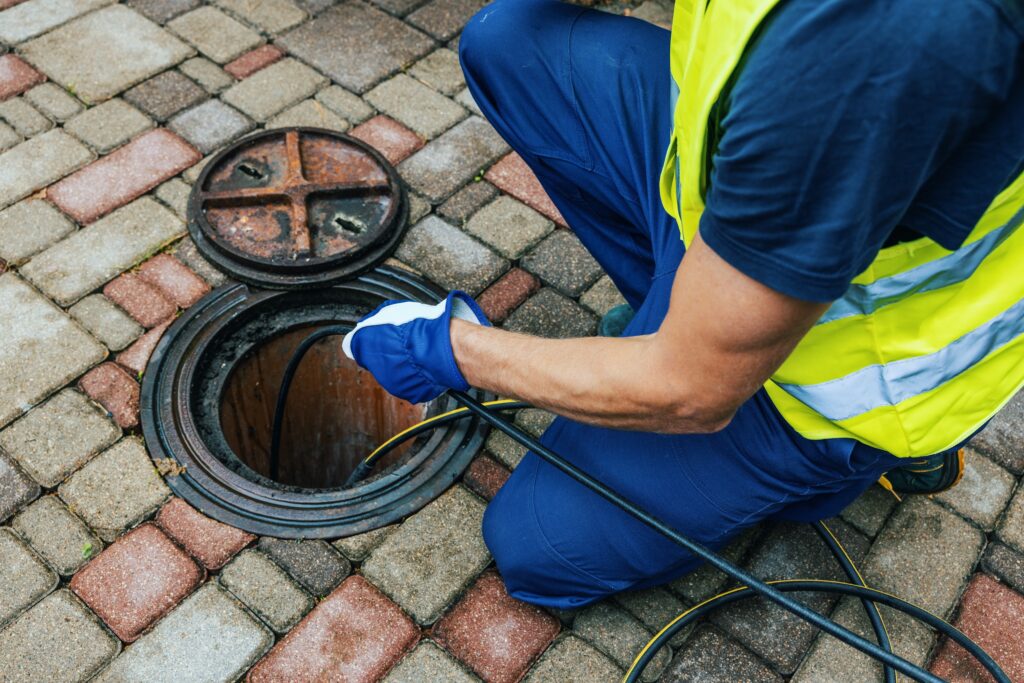Refrigerant is often called the “lifeblood” of mechanical heating and cooling devices like the heat pump and air conditioner in your Mercersburg home. The main function of refrigerant is to transfer heat through a closed loop system. Various heating and cooling (HVAC) components require different operating pressures to move refrigerant and process the “refrigeration cycle.”
In a nutshell, the refrigeration cycle involves refrigerant, which changes from a liquid to a vapor and back to a liquid again by the addition of pressure and heat. In a refrigeration system, pressurized refrigerant passed through an expansion valve into an evaporator and pressure is reduced. The evaporator is a tube which passes by the area to be cooled. When the pressure drops, this liquid refrigerant changes into a vapor, which absorbs vaporized heat from the area around the evaporator. After the heat is absorbed by the refrigerant, it flows to a condenser, where it passes over coils, absorbs heat from the hot vapor, and condenses back into a liquid. The liquid is returned to the compressor and the cycle begins again.
Today’s refrigerants – especially those used in residential applications – are broken down into two different types, labeled R-22 and R-410A. R-22 is made up of a chlorofluorocarbon (CFC) chemical, which has been found to be damaging to the Earth’s ozone layer. It has been replaced by R-410A, which is made up of a hydrofluorocarbon (HFC) chemical and will eventually be phased out by the year 2020. One of the biggest differences between the two are their operating temperatures. HFCs operate at much higher refrigerant pressure.
This change between refrigerants has created some interesting dynamics and challenges for the HVAC trade. Gauges used to check pressure readings have all changed. And mechanical compressors do not operate with a variety of refrigerants, so the compressors and coils need to be swapped out, too. To give you an example, let’s say you are shopping for a new central air conditioner. Chances are, the new air conditioner will run on R-410A. Your old air conditioner ran on R-22. In order to “match” the compressor in the your new air conditioning unit to the existing indoor coil, you will need to replace the coil and the lines running from your outdoor condensing unit to your indoor air handling unit, which is mounted to your furnace.
You don’t have to understand the refrigeration cycle to know that today’s high-pressure HFC refrigerants require different test instrumentation and retrofitted or upgraded mechanical equipment. The change in operating pressure is a small price to pay for a safer environment.






